Day 41, Summer in Asia, Phitsanulok, Thailand
Madi spent a week with Gap Medics at the hospital in Phitsanulok. The other participants came through the airport, but we dropped Madi off in a Songthaew.
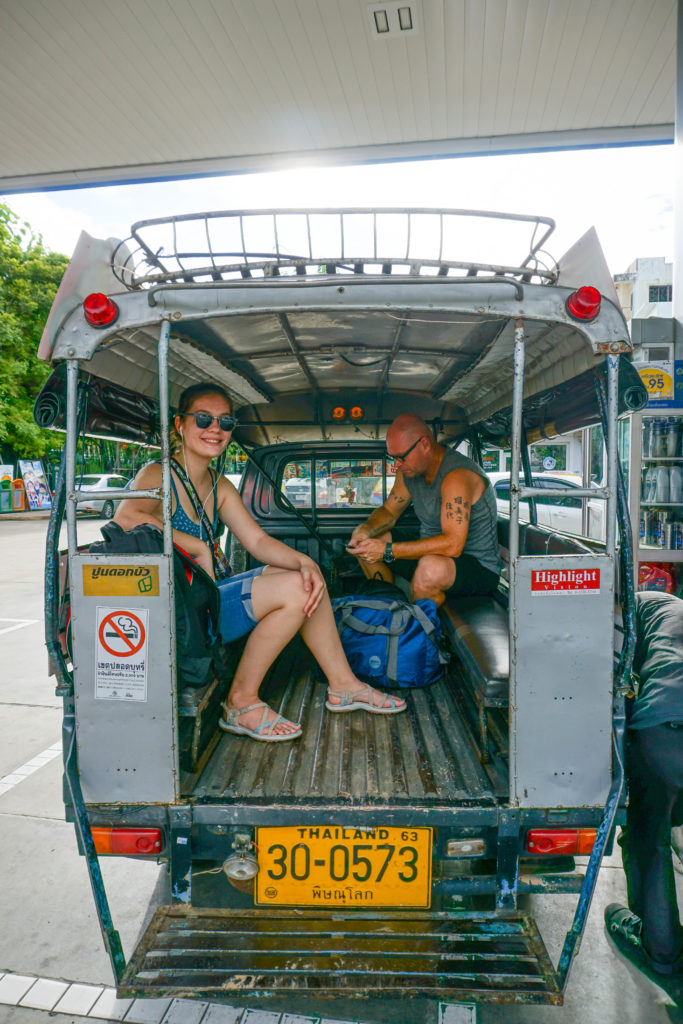

A description of her week, in her own words:
This week was one of the most memorable experiences of my 19 years. I was in Phitsanulok (pronounced Pitts-a-new-low), Thailand to get some international medical experience under my belt. I chose the Midwifery placement because I knew that I would see the most births there. The people I was with were almost all were very fun and pleasant company. I was the only Canadian, in a group of 3 Americans, 1 South African, 1 Australian, and 4 English. Those from the UK may as well have been from different countries, they kept debating about English jargon and slang some had never even heard of, and each had a completely unique accent, which I could only compare from the ones I’ve heard of Game of Thrones. The South African was the only male in the group, and a few girls were very attentive until they found that he was very committed to his girlfriend of three years. On my first full day there, they took us for a cultural excursion. First we learned about some Thai culture and then learned a little of the language. Then we were taken to the temple of the city, which is quite a famous attraction. We were guided around by a 10-year-old girl who had been volunteering giving tours at the temple since she was 6, to learn English. Her and a few friends and their parents took us through the temple. Someone asked why some Buddhas were thin with hair and others were bald and fat. She said that the Buddha was once very handsome, but didn’t like all the attention that he got from women, so he decided to become fat and ugly. After our tour, we had a short Thai cooking lesson and had dinner.
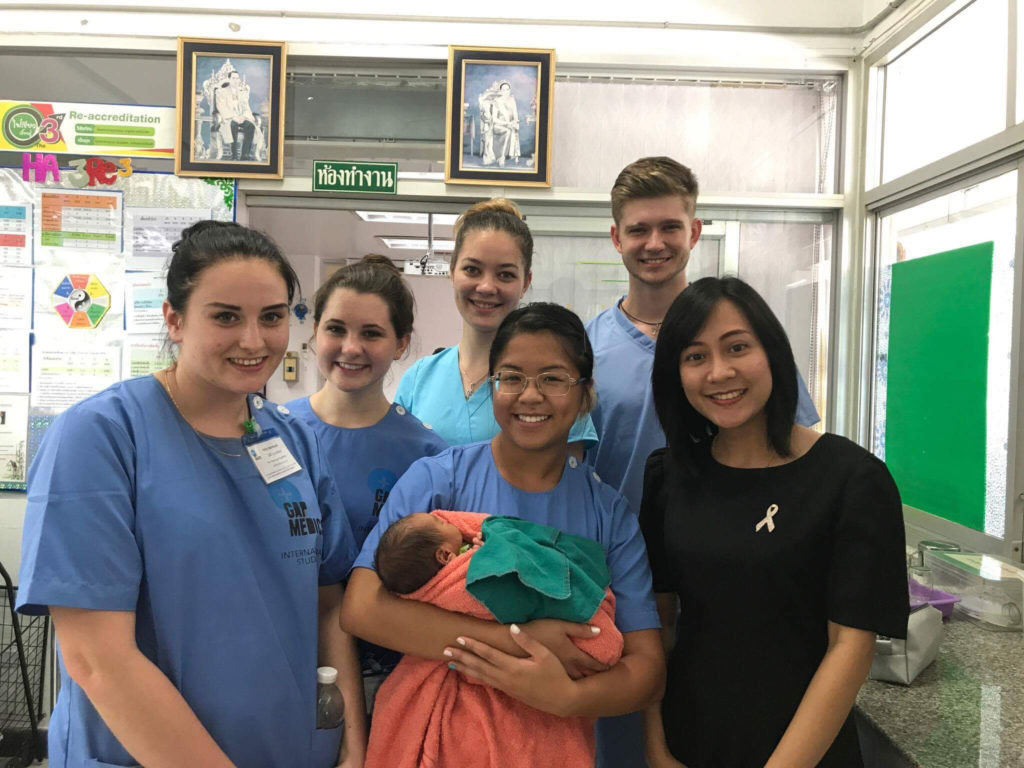
Every weekday morning, we would eat breakfast, get dressed in our formal attire (why this was necessary, nobody knows, because people only ever saw their mentors while wearing scrubs). We would take our Songthaew (pickup truck taxi) with our driver Jimmy who would play us popular music we were familiar with. We would go to the hospital and change into our scrubs and then go to our ward depending on what placement we picked. I was in labor and delivery, others were in Obs/Gyn, ortho, internal medicine, and urology.
We had to change our shoes multiple times a day. We had to wear “smart” shoes in, change into sneakers with our scrubs, and then change out of those into shoes provided by the hospital for germ control in each ward. The shoes provided were simple sporty slides that you would wear your own socks with. First and last time in my life that I will ever wear socks with sandals. Some doctors were even known to perform surgery in flip-flops. There was an intake section, a resting area, and an active delivery room, where women were moved when they were four centimeters dilated. Since this section had only six beds, the patients had to be cranked out quickly, each labor was helped along with induction drugs, amniotomies (breaking of the waters), and episiotomies which every single woman receives. Family members are not allowed in the ward at all, so the women go through the whole experience by themselves, a daunting thought for many Western mothers. The family waits outside the ward, and when their baby is born, the nurses open the drive thru-looking window in the wall and tell them what they have.
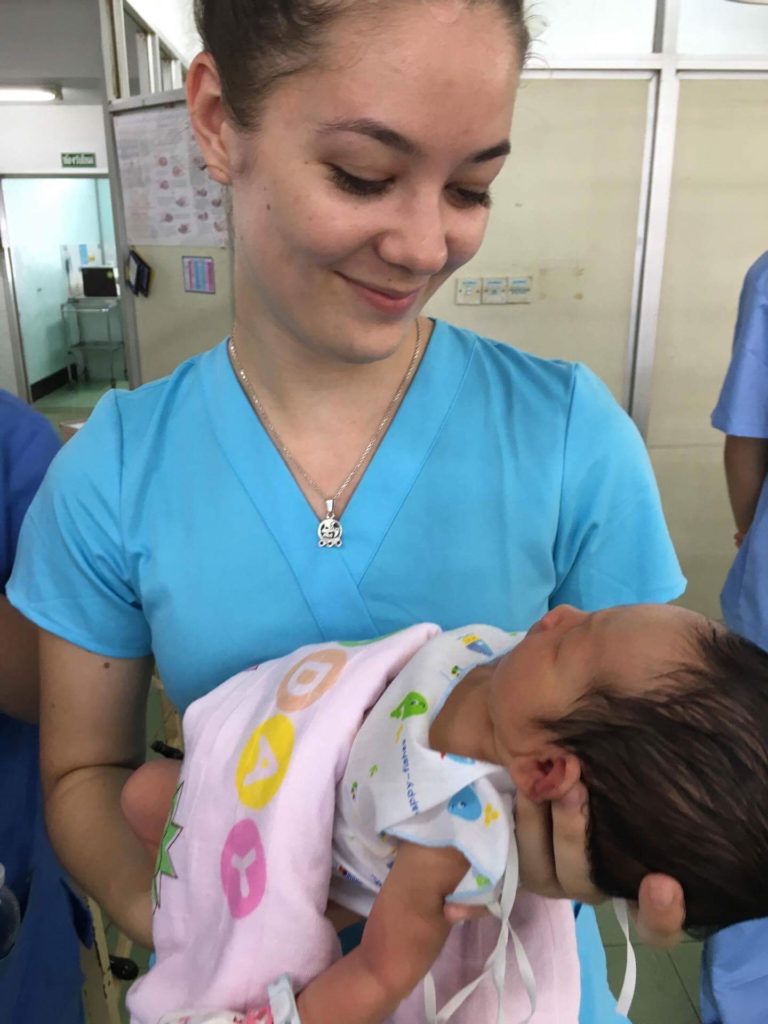
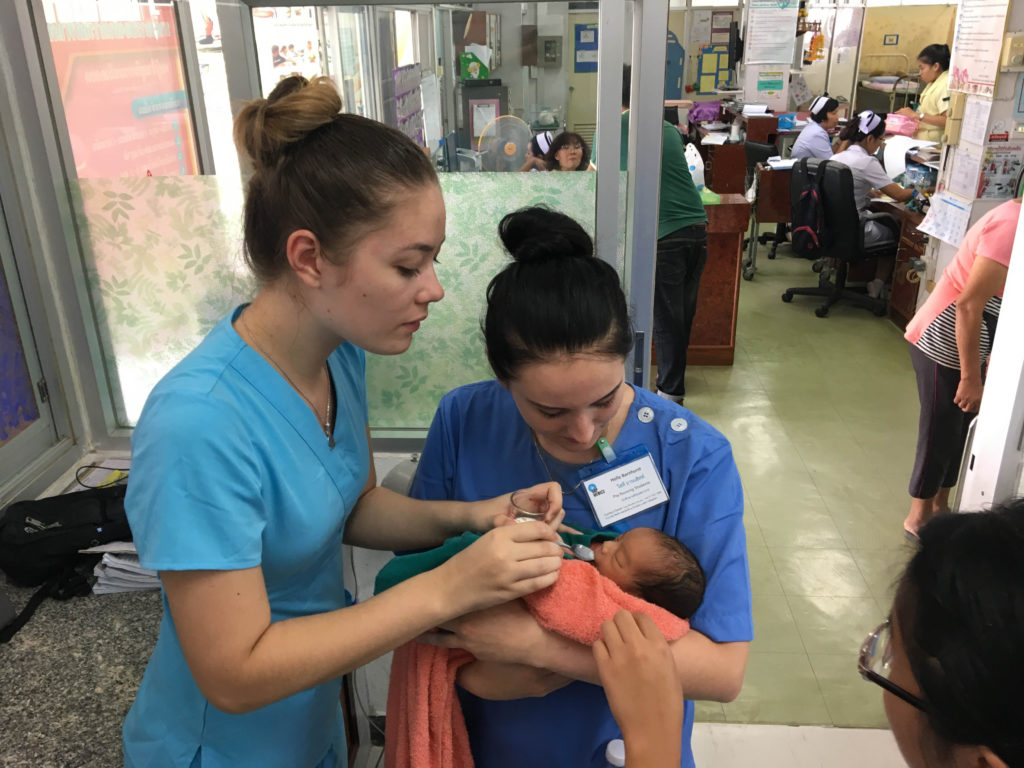
The women in active labor are not loud, most don’t even make a sound, just bear the pain quietly, sometimes without so much as a grimace. This is very different from many North American birth scenarios, as women are encouraged to vocalize during contractions. Once the baby is born, it is whisked off to the small room where it is cleaned and checked. First, the baby is weighed, next the circumference of the baby’s head and chest is measured, and then height. The vernix is cleaned off of the baby with cotton swabs doused in olive oil. Then the baby is given an injection of Vitamin K in the thigh. They check the gripping reflex, the sucking reflex, and another one that makes sure the baby’s clavicle was not broken during birth. They feel the skull for fontanels, check the mouth for a cleft palate and tongue tie, and count 10 fingers and 10 toes. They listen to the heart and hook them up to a machine that monitors temperature and oxygen saturation. Then the baby is swaddled and left to rest. After about two hours, mom and baby are transferred three floors up to postpartum.
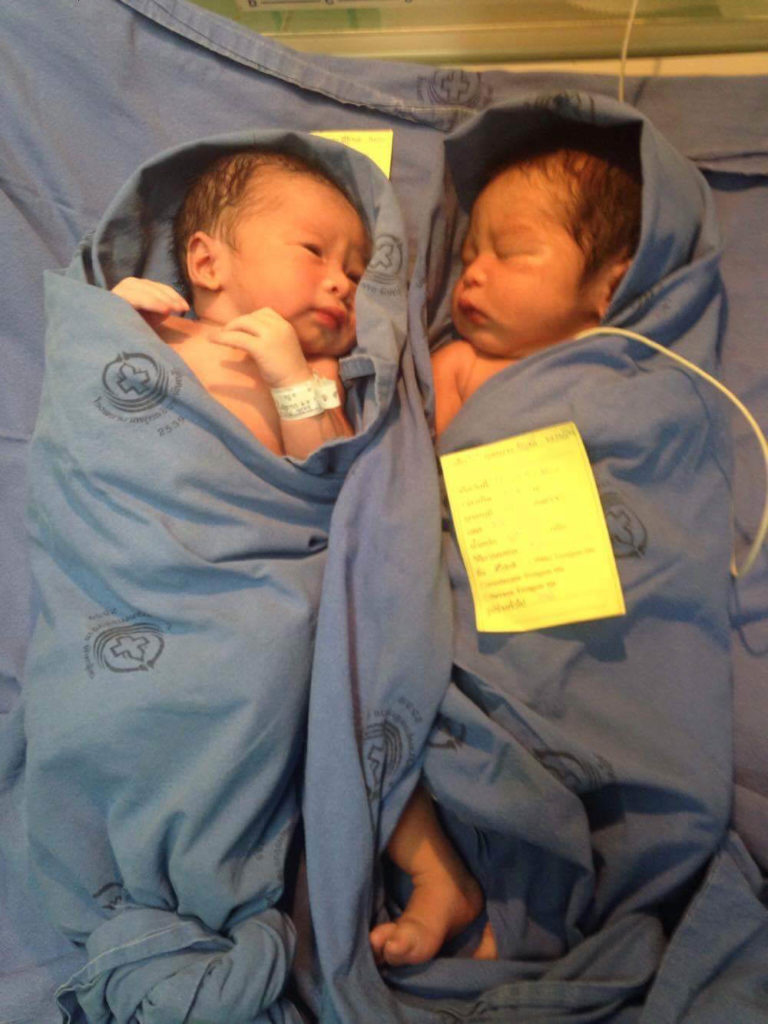
We saw one premature boy, born at 31 weeks, and one post mature girl, born at 45 weeks. The former was healthy, the latter, however, had severe abnormalities. Her mother was 44 and living in the mountains, receiving no antenatal care. The baby had hydrocephalus, also known as “water on the brain”, and her skull had grown improperly, resulting in debilitating retardation. She will only ever be able to eat and breathe, not think or communicate. When we left, her parents had not yet decided if they would take her, but the doctor said that it was very likely that the girl would live in a government home for the rest of her life. Her parents, mountain farmers with four children already, did not have the resources or time to care for her. Had the mother come to the hospital for prenatal care, the doctors would have terminated the pregnancy. This is the only situation for which abortion is legal in Thailand.
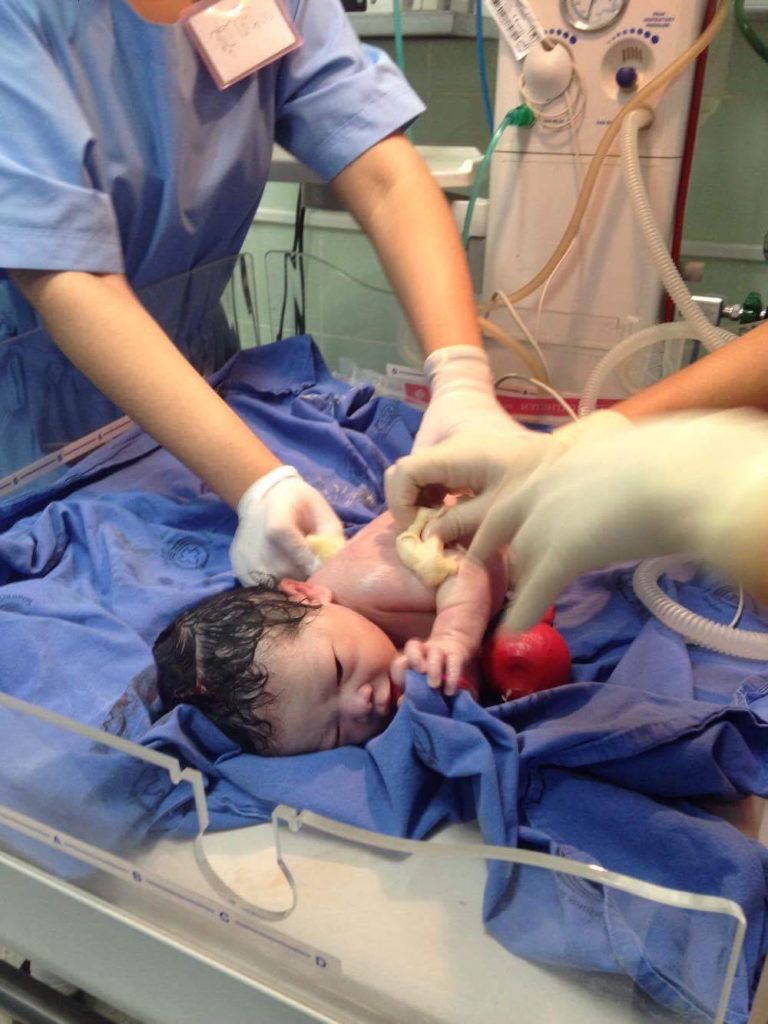
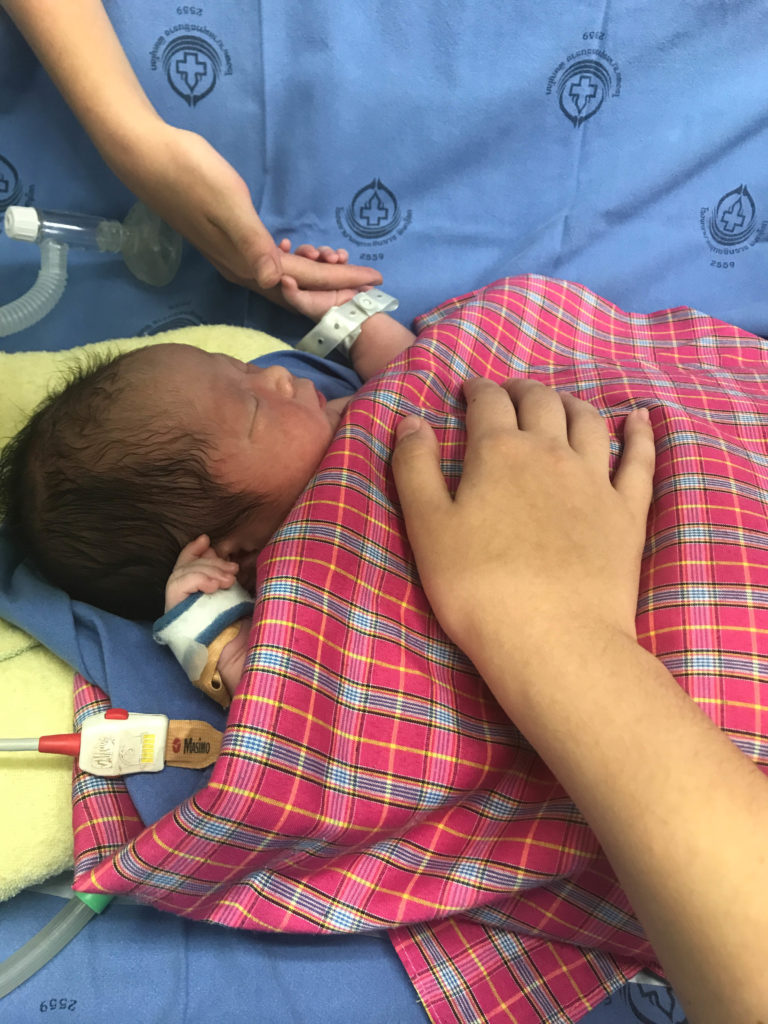
Aside from this sad case, the other five babies that I saw born were healthy. One of the mothers was sixteen, which is very uncommon in Thailand. In other placements, my colleagues saw an ovarian cyst the size of a basketball, a cancerous penectomy (luckily he was a monk), knee and hip replacements, multiple caesarian sections, and even a worm-in-the-brain case. About 50% of babies in Thailand are born through caesarian section, this is quite a high rate because they are inexpensive. In the L&D ward, I was able to get a little hands-on experience; I washed a few babies, fed one, checked the intactness of a couple placentas, and felt and timed some contractions.
We started our day at the hospital at 9 and lunch was at noon. We went to Black Canyon Coffee, a chain restaurant that had very yummy food. I had Chicken fried rice every day and sometimes treated myself to a little chocolate ice cream. We went back to Labor and Delivery for two more hours and finished every day at 3. We usually missed the majority of the ward’s births as most happen in the afternoon and evening when we’re already gone. In the evenings, we liked to hang out, either at the pool playing or going out. We went to the night market, the Central Plaza mall, the temporary light festival, and the karaoke bar.
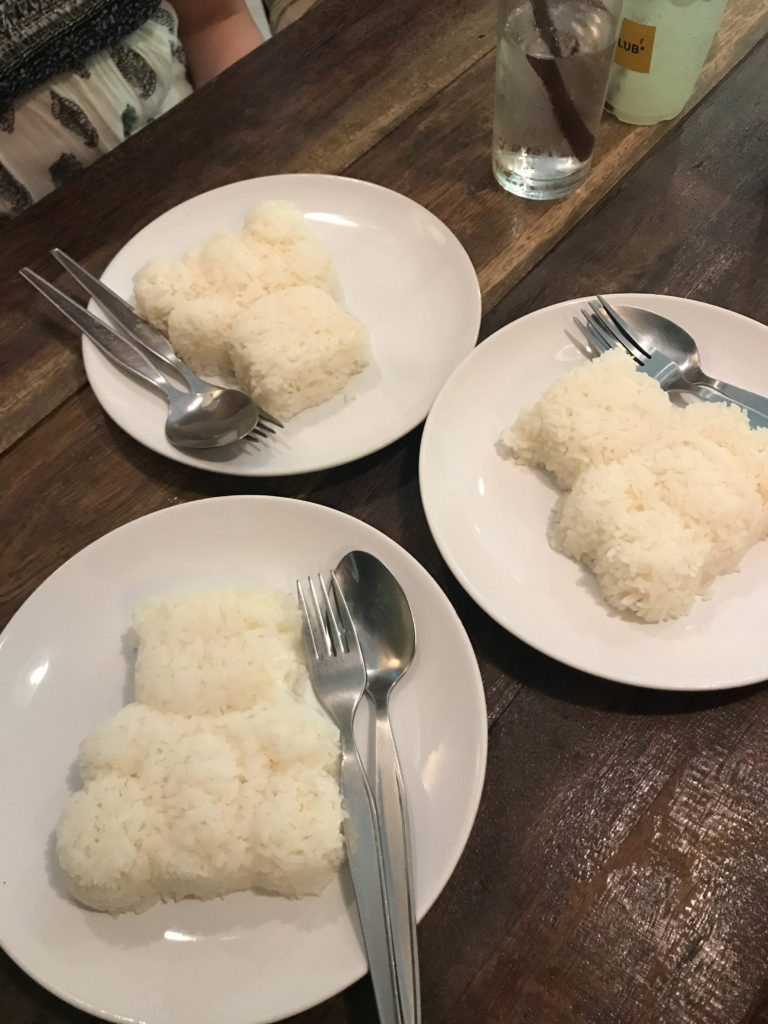
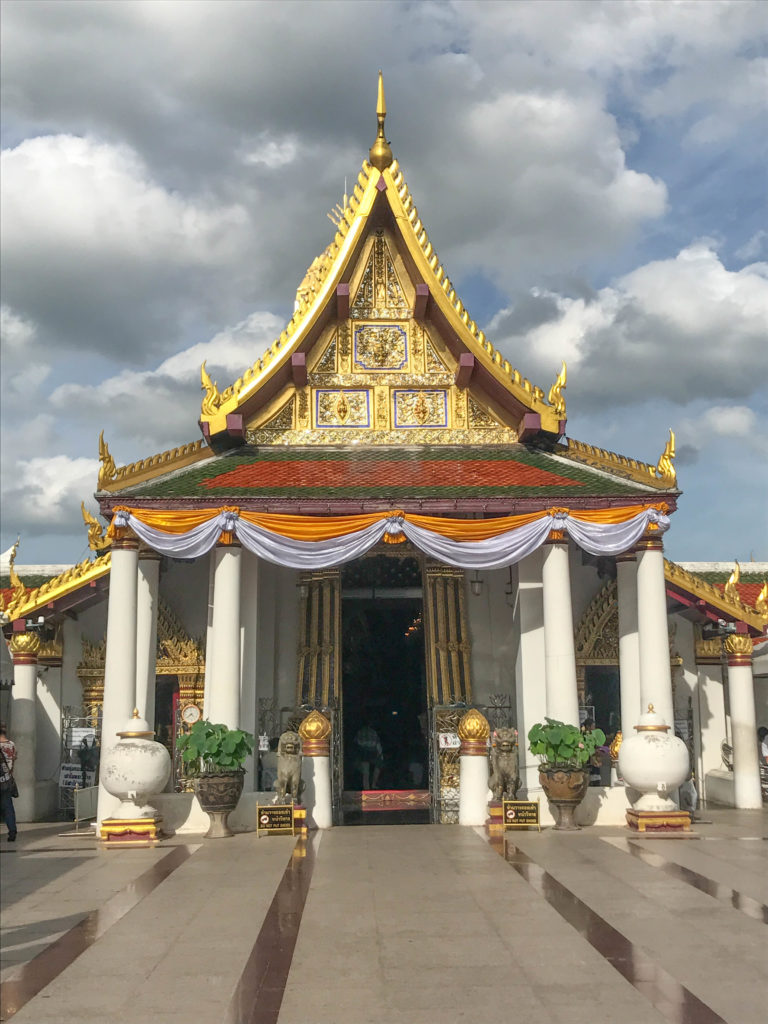
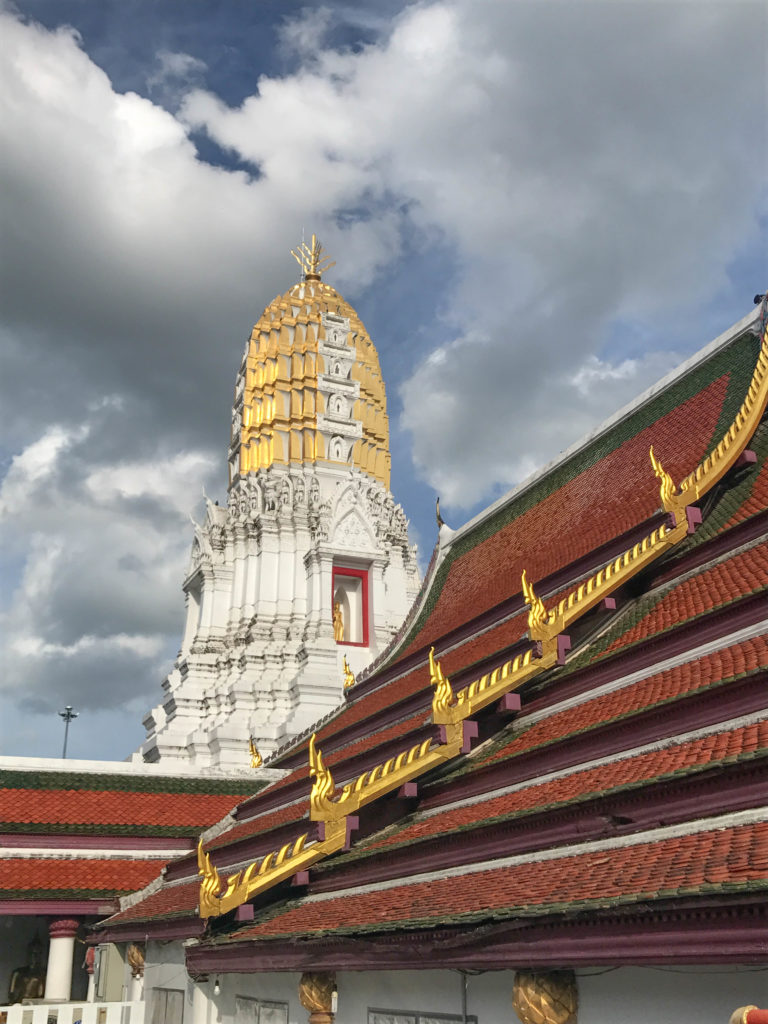
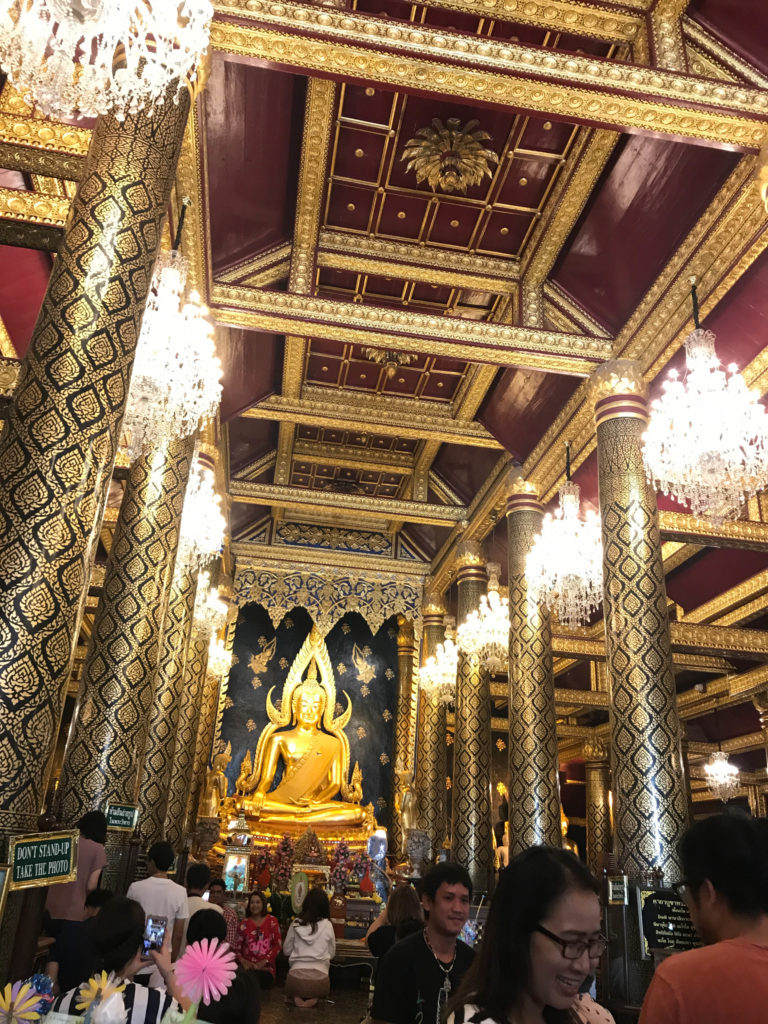
On Wednesday, after placement, we went to a Thai massage parlor to learn about traditional Thai medicine. We were supposed to pair up and practice on each other. The one guy and I were paired up. There were a few awkward laughs, and some teasing from the others, as Thai massages involve lots of stretching in unusual positions. That afternoon, I had to switch rooms because a gecko had laid eggs in my Air Conditioner and broke it. Both rooms were very nice.